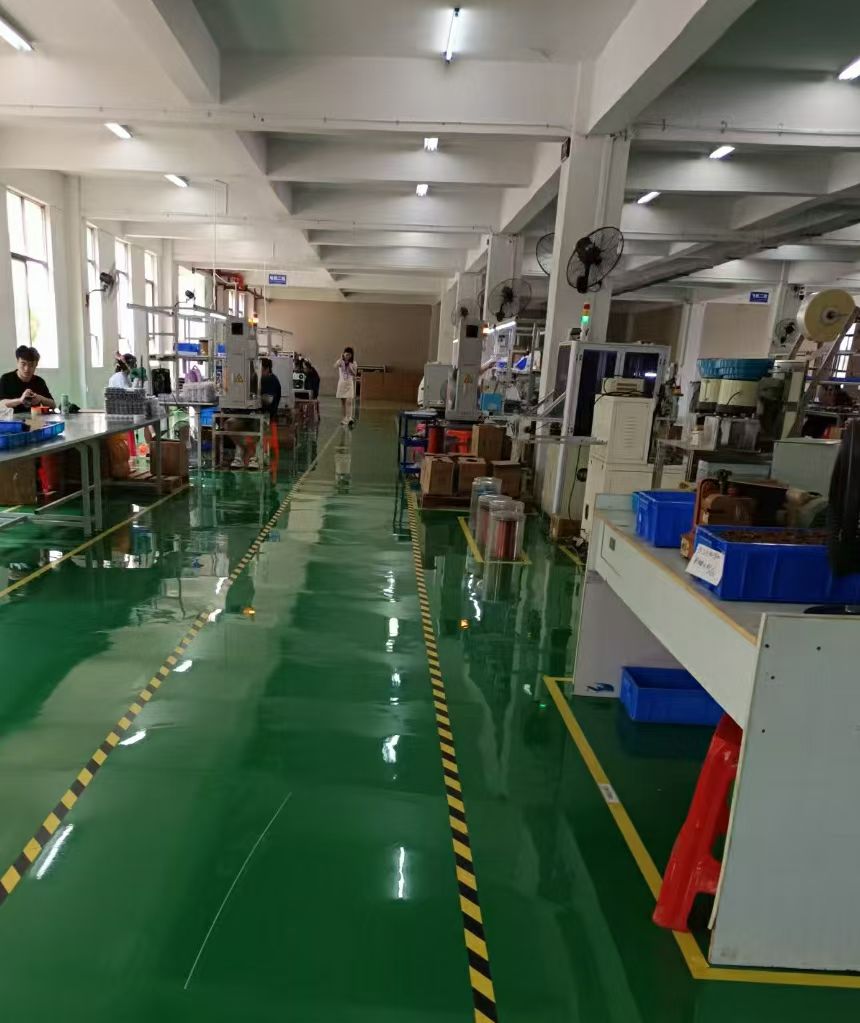
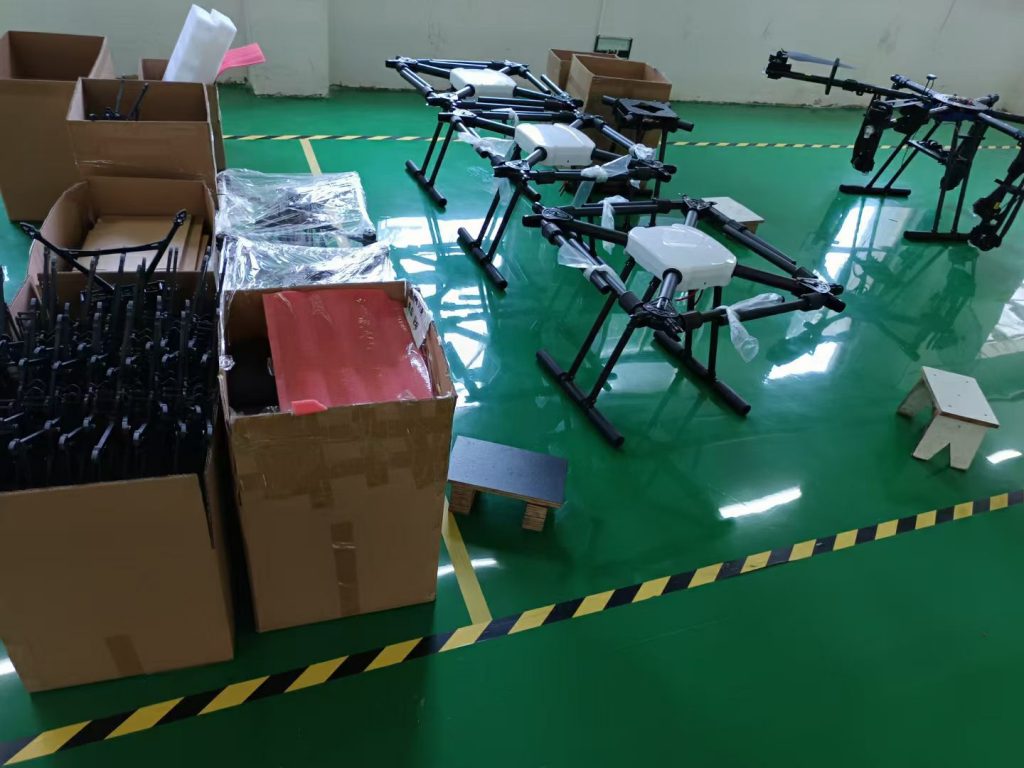
Agriculture Drone with Camera and Sprayer: The Ultimate Precision Farming Tool
Introduction
Modern agriculture demands efficient, precise, and data-driven solutions to maximize crop yields while minimizing costs and environmental impact. The agriculture drone with camera and sprayer combines two critical functionalities – real-time crop monitoring and targeted crop treatment – into a single versatile platform. These intelligent unmanned aerial vehicles (UAVs) equip farmers with the ability to assess crop health through advanced imaging and apply treatments with pinpoint accuracy, revolutionizing traditional farming practices.
This comprehensive guide explores the technology behind camera-equipped sprayer drones, their key features, operational benefits, selection criteria, and how they’re transforming precision agriculture. We’ll also include comparative tables to help you understand the different options available in the market.
Dual-Functionality: Camera and Sprayer Integration
1. High-Resolution Imaging Camera
Modern agriculture drones feature sophisticated camera systems that provide:
-
Multispectral imaging (4-10 spectral bands) for plant health analysis
-
Thermal imaging for irrigation management and stress detection
-
High-resolution RGB cameras for visual inspection
-
NDVI (Normalized Difference Vegetation Index) mapping for vegetation analysis
-
Real-time video transmission (FPV) for immediate field assessment
2. Precision Spraying System
The sprayer component offers:
-
Variable rate application technology for precise chemical distribution
-
Flow rate control (typically 1-5 liters/minute)
-
Adjustable nozzle systems for optimal droplet size (50-300 microns)
-
Tank capacities ranging from 10-40 liters
-
Even coverage with intelligent flight control
Key Benefits of Agriculture Drones with Camera and Sprayer
| Benefit Category | Traditional Methods | Drone with Camera & Sprayer | Improvement |
|---|---|---|---|
| Precision | General application across entire field | Targeted application based on real-time imaging | Up to 50% reduction in chemical waste |
| Efficiency | Time-consuming manual processes | Covers 5-10 acres per hour | 60-80% faster operations |
| Cost Savings | High labor and chemical costs | Reduced chemical usage and labor needs | 30-40% lower operational costs |
| Crop Monitoring | Periodic visual inspection | Real-time, high-resolution crop analysis | Early detection of issues by up to 2 weeks |
| Data Management | Limited or no data collection | Detailed imaging and application records | Complete treatment history and crop analytics |
| Safety | Operator exposure to chemicals | Remote operation with no direct contact | Eliminates health risks from chemical exposure |
Key Features to Consider
1. Camera Specifications
| Feature | Basic Model | Advanced Model | Premium Model |
|---|---|---|---|
| Camera Type | RGB only | RGB + Multispectral | RGB + Multispectral + Thermal |
| Resolution | 12-20 MP | 20-42 MP | 42 MP+ with zoom |
| Spectral Bands | None (visible light only) | 4-6 bands (NDVI, etc.) | 8-10 bands (full spectrum) |
| Imaging Frequency | Manual capture | Automated interval capture | Continuous with AI analysis |
| Analysis Capability | None | Basic NDVI mapping | AI-powered crop health diagnostics |
2. Spraying System
| Feature | Basic Model | Advanced Model | Premium Model |
|---|---|---|---|
| Tank Capacity | 10-15 liters | 20-30 liters | 30-40 liters |
| Flow Rate | Fixed or basic variable | Adjustable flow control | Fully variable rate technology |
| Nozzle Type | Standard | Ceramic or stainless steel | Electrostatic charging |
| Spray Width | 3-5 meters | 4-7 meters | 5-10 meters |
| Application Accuracy | ±10% | ±5% | ±2% variable rate |
3. Flight Performance
| Feature | Entry-Level | Mid-Range | High-End |
|---|---|---|---|
| Flight Time | 15-20 minutes | 25-35 minutes | 35-45 minutes |
| Coverage Rate | 1-3 acres/hour | 3-6 acres/hour | 6-10+ acres/hour |
| Max Wind Resistance | 8-10 m/s | 10-12 m/s | 12-15 m/s |
| RTK/PPK Positioning | None or basic | Standard | Centimeter-level precision |
| Autonomous Features | Basic waypoint | Advanced mission planning | AI-powered adaptive flight |
Operational Workflow
1. Pre-Flight Preparation
-
Field Scouting: Use the drone’s camera to assess crop conditions
-
Data Analysis: Review multispectral/thermal images for problem areas
-
Mission Planning: Define spraying zones based on imaging data
-
Equipment Setup: Load appropriate chemicals and calibrate sprayer
2. Flight Execution
-
Autonomous Flight: Drone follows programmed path with centimeter accuracy
-
Variable Rate Application: Adjusts spray intensity based on pre-mapped needs
-
Real-Time Monitoring: Operator supervises via live video feed
-
Adaptive Adjustments: System modifies application in response to conditions
3. Post-Flight Analysis
-
Spray Report Generation: Detailed application records
-
Effectiveness Evaluation: Follow-up imaging to assess treatment results
-
Data Storage: Records for compliance and future planning
-
Maintenance Check: Ensure equipment remains in optimal condition
Selection Criteria
1. Farm Size & Needs
| Farm Size | Recommended Features |
|---|---|
| Small (<5 hectares) | Basic camera + 10-15L sprayer, lower cost |
| Medium (5-20 hectares) | Advanced multispectral camera + 20-30L sprayer |
| Large (>20 hectares) | Premium multispectral + thermal, 30-40L sprayer, RTK |
2. Crop Type
-
Row Crops (corn, soybeans): Wide spray width, moderate resolution
-
Fruit Trees/Vineyards: Precision positioning, high-resolution imaging
-
Rice/Paddy Fields: Water-resistant design, specialized nozzles
3. Budget Considerations
| Budget Range | Typical Features |
|---|---|
| 5,000-15,000 | Basic RGB camera, standard sprayer, limited autonomy |
| 15,000-30,000 | Multispectral camera, variable rate sprayer, RTK basic |
| $30,000+ | Thermal + multispectral, advanced AI, full autonomy |
Future Developments
1. AI & Machine Learning Integration
-
Automated pest and disease detection
-
Predictive treatment scheduling
-
Self-learning flight optimization
2. Advanced Sensor Technology
-
Hyperspectral imaging for more detailed analysis
-
Soil moisture sensors integration
-
Environmental monitoring capabilities
3. Swarm Technology
-
Multiple drones working in coordination
-
Faster coverage of large fields
-
Specialized task distribution
Conclusion: Transforming Farm Management
The agriculture drone with camera and sprayer represents the convergence of precision imaging technology and targeted crop treatment, offering farmers an unprecedented level of control over their agricultural operations. By providing real-time crop insights and precise application capabilities, these multifunctional UAVs enable:
-
Data-driven decision making for optimal crop management
-
Significant cost savings through reduced chemical usage and labor
-
Improved yields and quality through timely interventions
-
Environmental sustainability through targeted applications
As technology continues to advance, these drones will become even more autonomous, intelligent, and integrated with other farm management systems, representing a fundamental shift in how we approach modern agriculture.
For farmers looking to enhance efficiency, reduce costs, and adopt sustainable practices, investing in a high-quality agriculture drone with camera and sprayer capabilities is a strategic decision that delivers long-term benefits.
SEO Keywords: agriculture drone with camera and sprayer, smart farming UAV, precision agriculture technology, crop monitoring and spraying drone, multispectral imaging drone, variable rate application drone, agricultural robotics, farm drone technology, AI in agriculture, precision crop treatment.
THE END

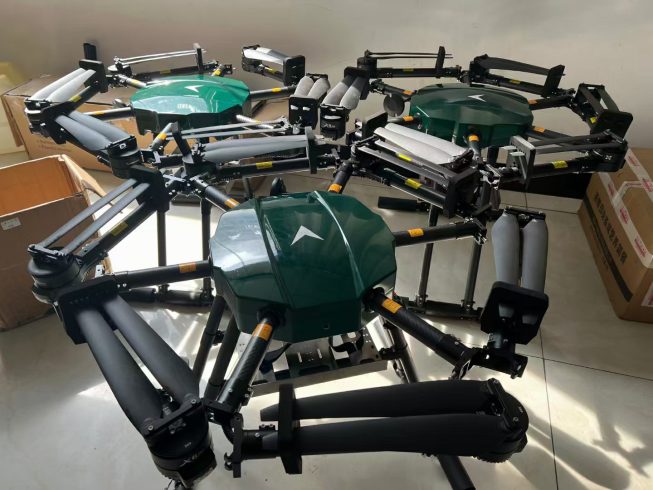
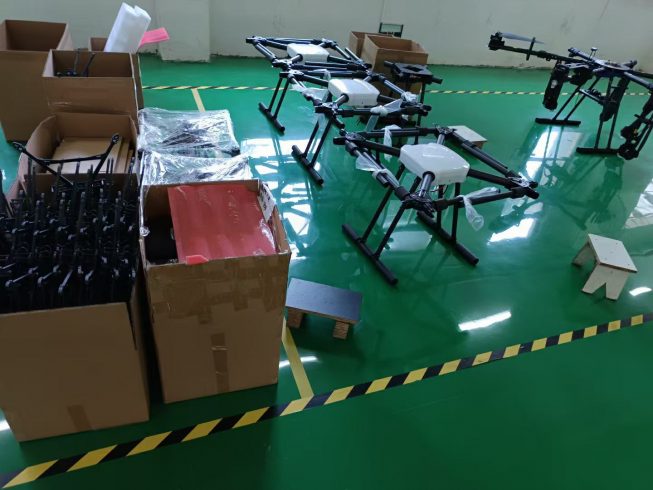
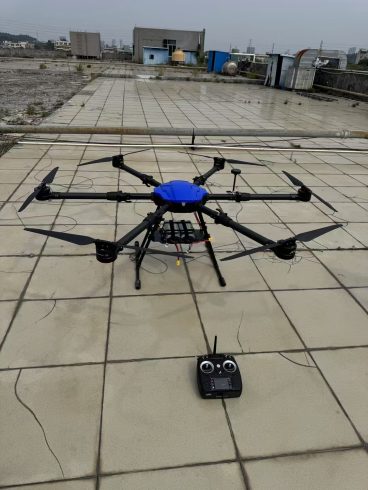
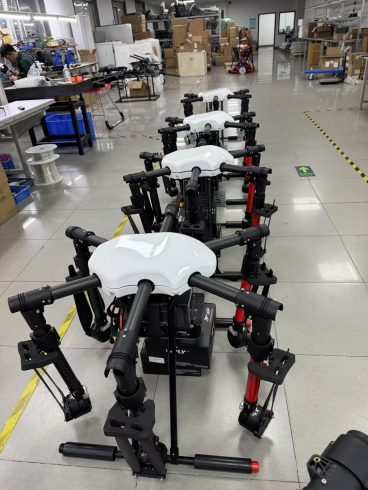
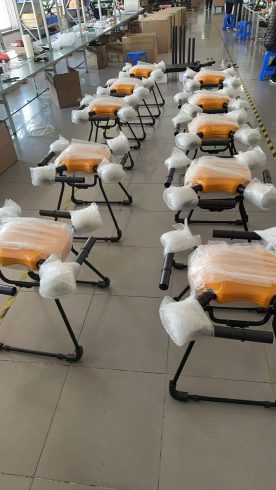
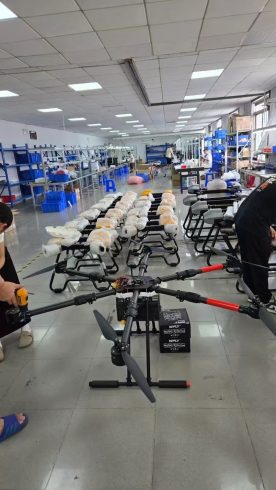
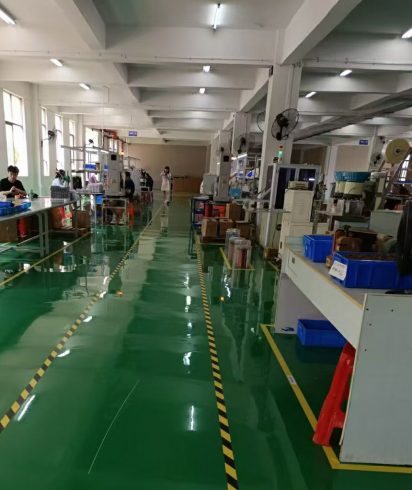
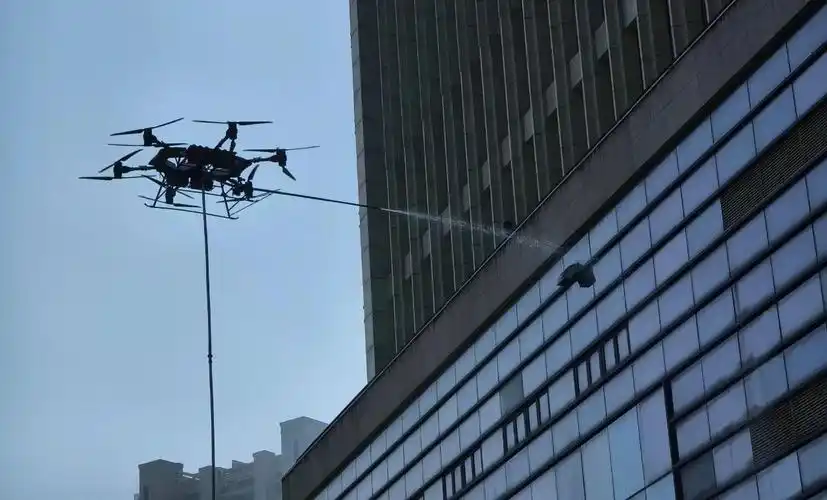
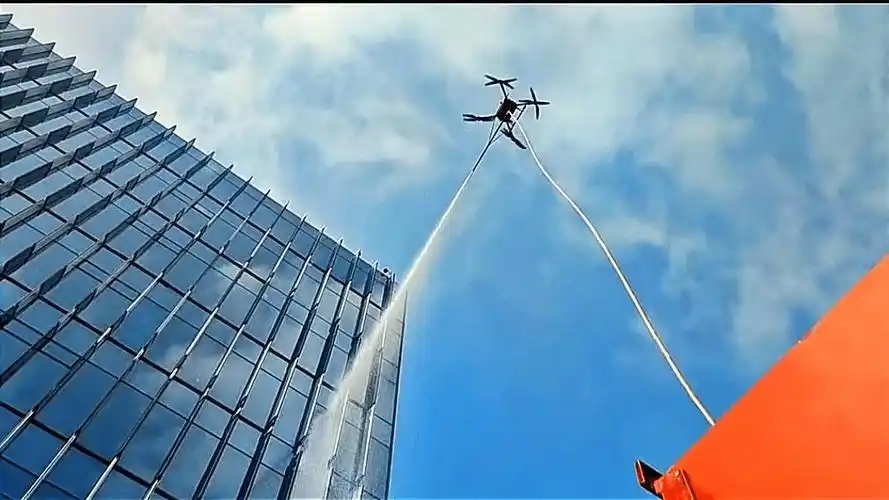
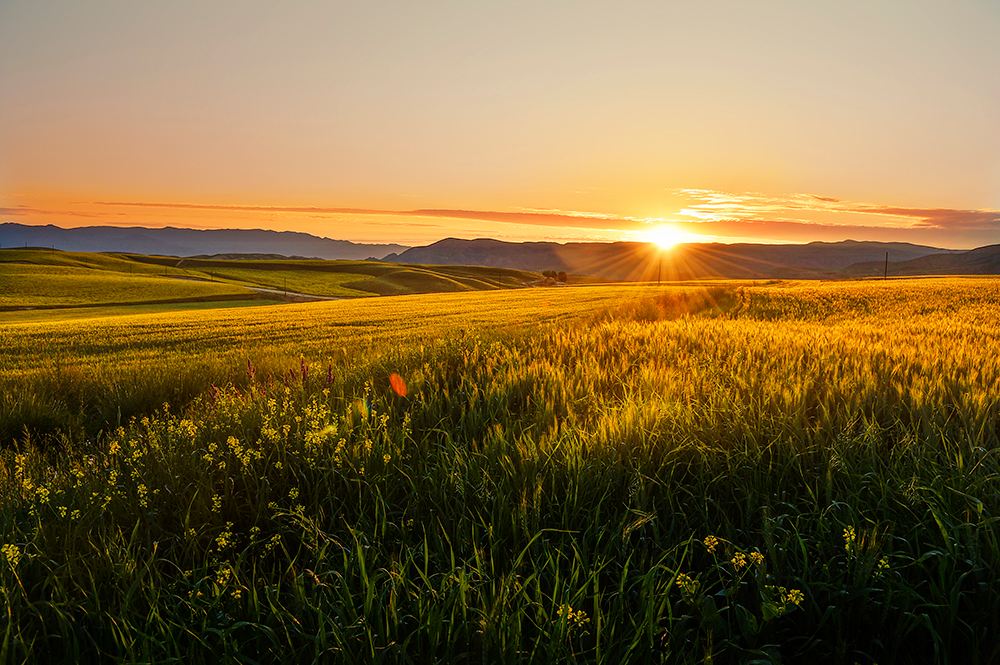
暂无评论内容